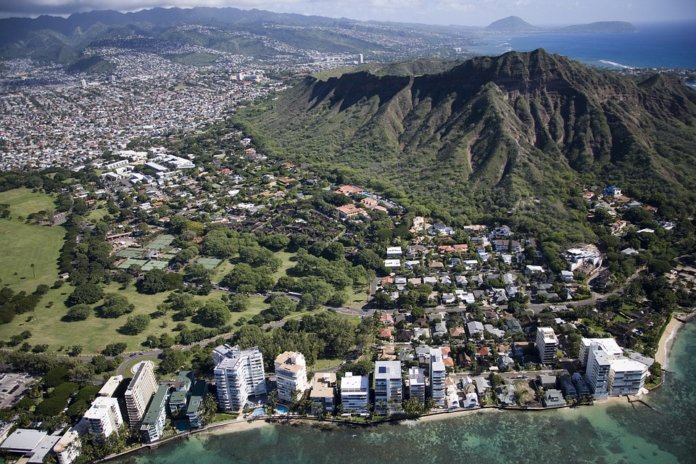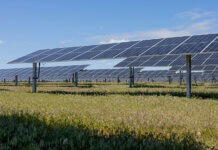Utility company Hawaiian Electric, whose subsidiaries include Maui Electric and Hawaii Electric Light, has launched Hawaii’s largest procurement effort for renewable energy.
Hawaiian Electric is seeking approximately 900 MW of new renewables or renewables paired with storage, which would move the state closer to its goal of using 100% renewable energy by 2045.
This includes estimated targets of technologies equal to 594 MW of solar for Oahu, 135 MW for Maui and up to 203 MW for Hawaii Island, depending on whether other renewable energy projects are available on that island.
“Hawaiian Electric has made huge strides toward our renewable energy goals and will end this year achieving a renewable generation portfolio of 30 percent,” says Alan Oshima, president and CEO of Hawaiian Electric. “This effort is a big step in accelerating the transition from fossil fuels to locally sourced clean energy resources. For customers, the benefits are simple: cleaner energy at lower prices.”
With the approval of the Public Utilities Commission (PUC), Hawaiian Electric has issued requests for proposals (RFPs) for renewable energy and grid services from developers locally and globally.
Projects for Maui must include energy storage. On Hawaii Island, solar must include storage but is optional for other technologies. On Oahu, pairing generation with energy storage is optional. Storage on Oahu and Maui is also being sought to replace firm generating units. This can be provided by renewable generation paired with storage or stand-alone storage. Contingency storage is also being sought for Oahu and Hawaii islands.
For Oahu, new renewable generation and storage is needed to replace the 180 MW coal-fired AES Hawaii plant in Campbell Industrial Park, which is due to close by September 2022. It is the largest single generator on Oahu, meeting 16% of peak demand.
For Maui, new renewable generation and storage is needed for the planned retirement of Kahului Power Plant by the end of 2024.
A separate RFP for grid services from customer-sited distributed energy resources will help system operators manage the reliability of modern electric grids. Hawaiian Electric is seeking grid services, such as fast frequency response and capacity, for Oahu, Maui and Hawaii islands, with targets ranging from 4 MW to 119 MW. This will create an opportunity for customers to play a direct role in modernizing the electric grid and integrating more renewable energy.
Final RFPs are expected to be issued later this year for the equivalent of 4 MW of solar or 3.6 MW of small wind for Molokai, paired with energy storage, and an equivalent up to 9.5 MW of solar paired with energy storage for Lanai, pending approval by the PUC.
Due to the complexity of projects sought, the PUC has chosen independent observers and a technical advisor to assure that all proposals – including “self-build” projects proposed by the companies – are treated fairly and equitably and will not interact to create technical problems on island grids.
Pending negotiations of contracts and final approvals, the first renewable generation projects from this phase would come online in 2022.
In the first phase of Hawaii’s renewable procurement, completed in 2018, the utility negotiated contracts for eight projects on three islands. The PUC approved seven projects on Oahu, Maui and Hawaii Island that will add approximately 260 MW of solar energy with over 1 GWh of storage by the end of 2021. One project is pending commission approval. The long-term prices negotiated for those projects average 9.38 cents per kilowatt-hour and are significantly lower than the current cost of fossil fuel generation, which is about 15 cents per kilowatt-hour.




